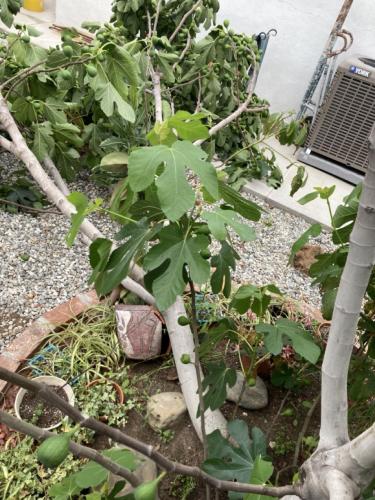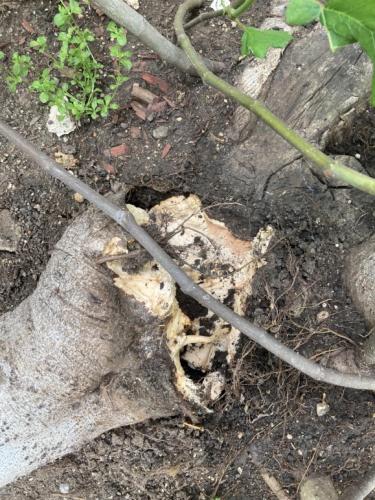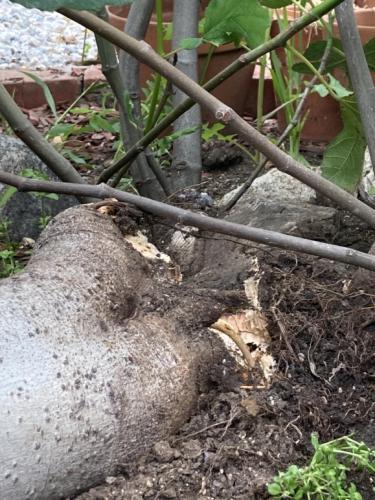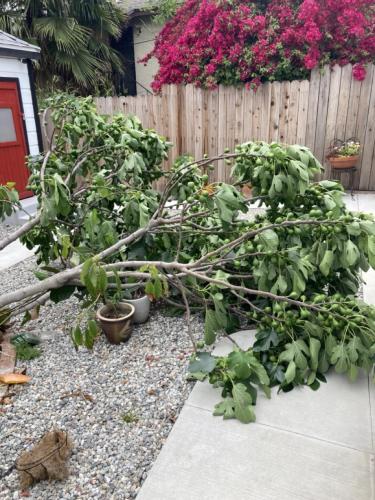@genie49 You'll want to start your layer well above where the rot issue has compromised the trees structural stability. While you can definitely use a potting medium for the layering medium, the layer should be above grade level to prevent your layer from being compromised by the rot that caused the failure.
This is a hackberry with a layer underway:
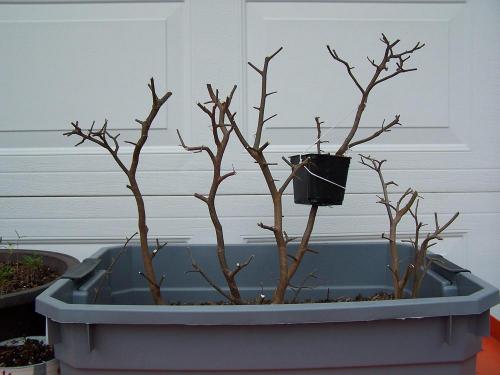
It was established in May and separated from the mother plant, on its own roots, in August. Here, you see it fully established in it's new pot:

The tree was prepared for layering same as this Japanese maple:
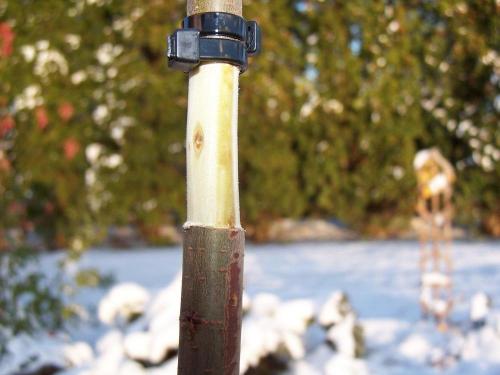
You can use a closed layering system that usually utilizes sphagnum moss as the layering medium, or an open system. An open system is one like the pot used in the first image above. It requires regular watering but allows for quick diffusion of soil waste gasses. The closed system is nearly airtight, requires only an occasional check on moisture levels, but doesn't root as quickly.
For layering more horizontal branches, I typically use a set-up like this:

For more vertical branches, there only needs to be a single hole through the bottom. The container used should be secured such that it can't move in relation to the branch/stem being layered. Tying it off with string and/or zip ties very well.
You can predispose your plant to form root primordia by blanching the area where you want rooting to appear. My typical blanching set-up, used for 2 weeks before the layer is established, is to treat the area where I want roots to grow with rooting gel, then covering the gel with electrical tape - sticky side out. The darkness + the increase in moisture levels will cause primordia (the first inconspicuous indication rooting is underway) to form, followed by root initials (the first conspicuous indicator).
Al


